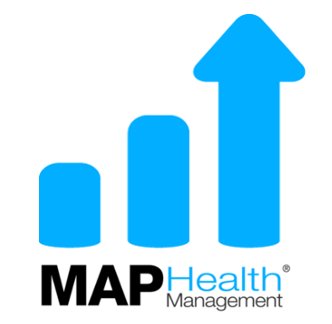The Paradigm Shift to Population Health Management
December 27, 2016 Thomas G. Kimball, PhD
In the final episode of this four-part video series on the management of Behavioral Health Populations we return to a conversation between MAP CEO, Jacob Levenson and MAP Clinical Director, Tom Kimball, Ph. D., LMFT as they discuss the paradigm shift to Population Health Management.
Does this shift disrupt the relationship between Payers, Providers, and Consumers?
Jacob: This shift is disruptive mostly in a positive way. It is going to cause, basically, the triad of patient, provider, and payer to work more efficiently together. Everyone wins through a quality outcome: the patient stays healthy, the payer has a healthy member, the provider successfully treated somebody. Disruption lies in changing how reimbursement had been traditionally delivered and really causing new clinical models to come onto the scene. And ultimately for all providers to demonstrate the clinical efficacy and the value of the services they render.
How does this shift affect the Behavioral Healthcare consumer?
Tom: This shift is only positive for the behavioral health consumer. The consumer will be able to find very effective providers that are doing the best kind of care. And the only negative is really for those providers who are performing lackluster. The will be drive out of the field because they will not have clients and patients driven to them. The consumers will continue to get smarter and smarter and they’re going to want to go to providers that are providing the best care at the best cost. So I only see an upside for the consumer.
How does this affect the bottom line across the board?
Jacob: The movement into embracing population health management is having a tremendous impact on the bottom line in this space. Payers are understanding how to more effectively manage risk in this space and population health is really helping us determine from a payer perspective: who needs what resource and when? Risk stratification; putting individuals on a spectrum of risk -- which is fluid because risk is fluid -- then basically understanding where the fall on the spectrum of risk who needs what resource and when.
The consumer is going to get better care; they’re going to have less instances of needing to access expensive health care -- preventative medicine: that’s population health. We foresee risk and preventative medicine is basically savings over the long term for the consumer.
For the provider: pop health -- this whole new paradigm that we’re talking about, the new healthcare paradigm -- quality providers are going to do extremely well because the market knows they’re quality providers. And they’re going to have new opportunities to embrace new lines of business like telehealth and other patient care models that historically have not been there for them. It’s good for everybody.









